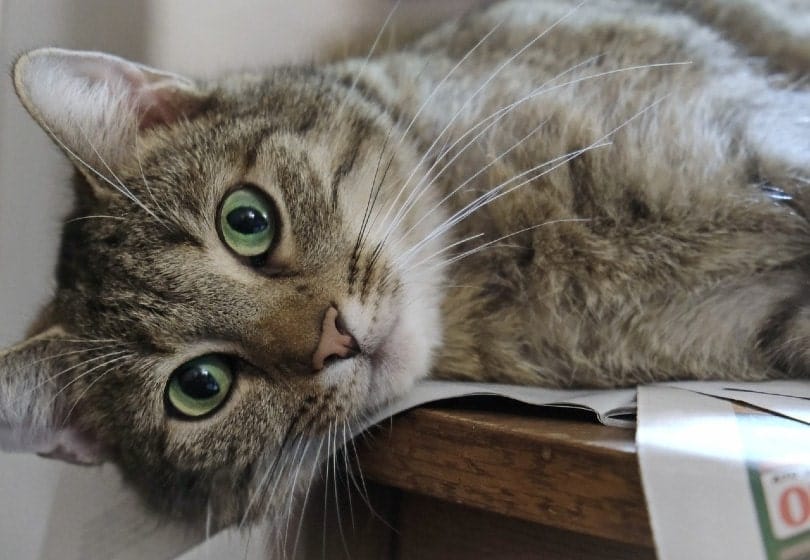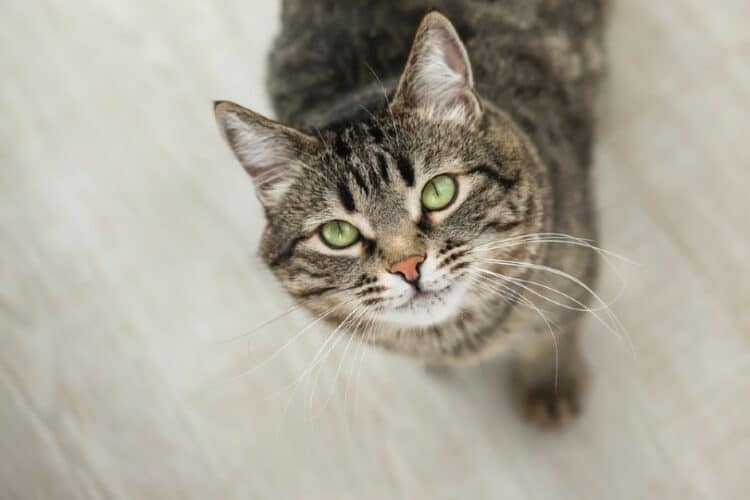Tabby cats have a reputation for being particularly affectionate and friendly with their family and other pets. So, when the time comes to adopt a new feline, pet owners tend to favor tabby cats for their supposedly more playful and sociable personalities. But can we really assume the particular character of a cat just by looking at their coat?
Scientists have attempted to answer this question, but the few studies conducted regarding a potential relationship between a domestic cat’s coat color and their personality have yielded mixed results. In fact, a cat’s temperament has more to do with the socialization that they received as a kitten, their environment, and the traits inherited from their parents than it does with the color of their coat.
Interestingly, an owner’s bond with their beloved feline also influences the perception of their pet’s personality. The more the owner has an attachment to and a deep emotional connection with their cat, the more they perceive the animal as being friendly, daring, and active.
Let’s look at what science says about tabby cats.
Are All Tabby Cats Friendly?
First, let’s clarify that tabby cats are not a separate breed of cats: The word “tabby” characterizes a coat pattern common to many breeds in a multitude of colors.
That said, most tabby cat parents describe their beloved felines as friendly, affectionate, curious, dynamic, easy-going, playful, and highly intelligent.
But not all tabby cats have these personality traits because the character of a cat is not determined by the marking and color of their coat.
Indeed, the kitten’s early life, socialization, living conditions, environment, and any trauma that they may have experienced will shape their personality and behavioral traits. The fact that their coat is tabby — or white, black, or orange — will not change anything.

So, a Cat’s Coat Has Nothing to Do With Their Personality?
The belief that a cat’s coat color influences their personality traits stems from the fact that melanin (the pigment responsible for determining hair color) shares a synthetic pathway with a group of neurotransmitters, including dopamine. This could lead to associations between the pigmentation of the animal and certain personality traits.
However, this is still a hypothetical relationship, as the results of studies are inconclusive.
Conversely, genetic components may be involved in the behavior of certain purebred cats. For example, according to a study published in “Nature,” British Shorthair cats were the least likely to seek out human contact, while Korat and Devon Rex cats were the most likely to be friendly and affectionate toward people. Moreover, compared to the average purebred cat, non-purebred cats were moderately active, quite aggressive toward people and other cats, and shy toward strangers despite living in conditions similar to those of purebred cats.
But why are there such differences in behavior if cats evolve in similar environments? According to the researchers, it is likely that the environment in early life differs greatly between domestic cats and purebred cats. Breeders often invest more time to socialize kittens, which underlines the important role that the environment has in the early development of a cat’s personality.
However, research on behavioral differences between cat breeds lacks replication and focuses on a few behavioral traits and breeds. Therefore, further studies are needed to improve the understanding of behavioral differences between breeds.
Conclusion
Tabby cats are renowned for their friendly temperaments and amazing personalities, and most of these felines make exceptional companions indeed. However, your tabby’s adorableness probably has less to do with their coat color and is rather due to their socialization, genetics, or other factors.
Featured Image Credit: victoriyasmail, Shutterstock














